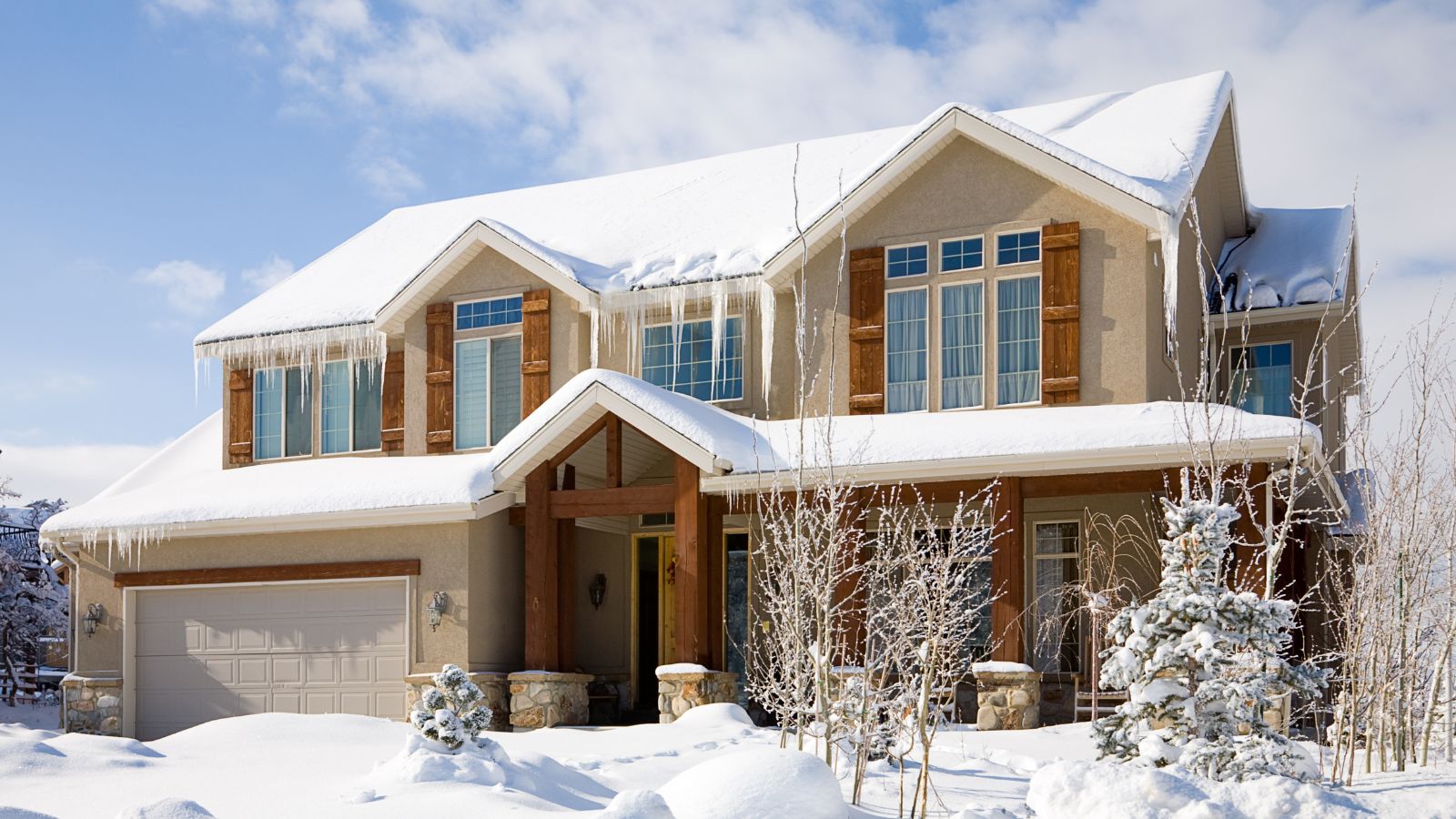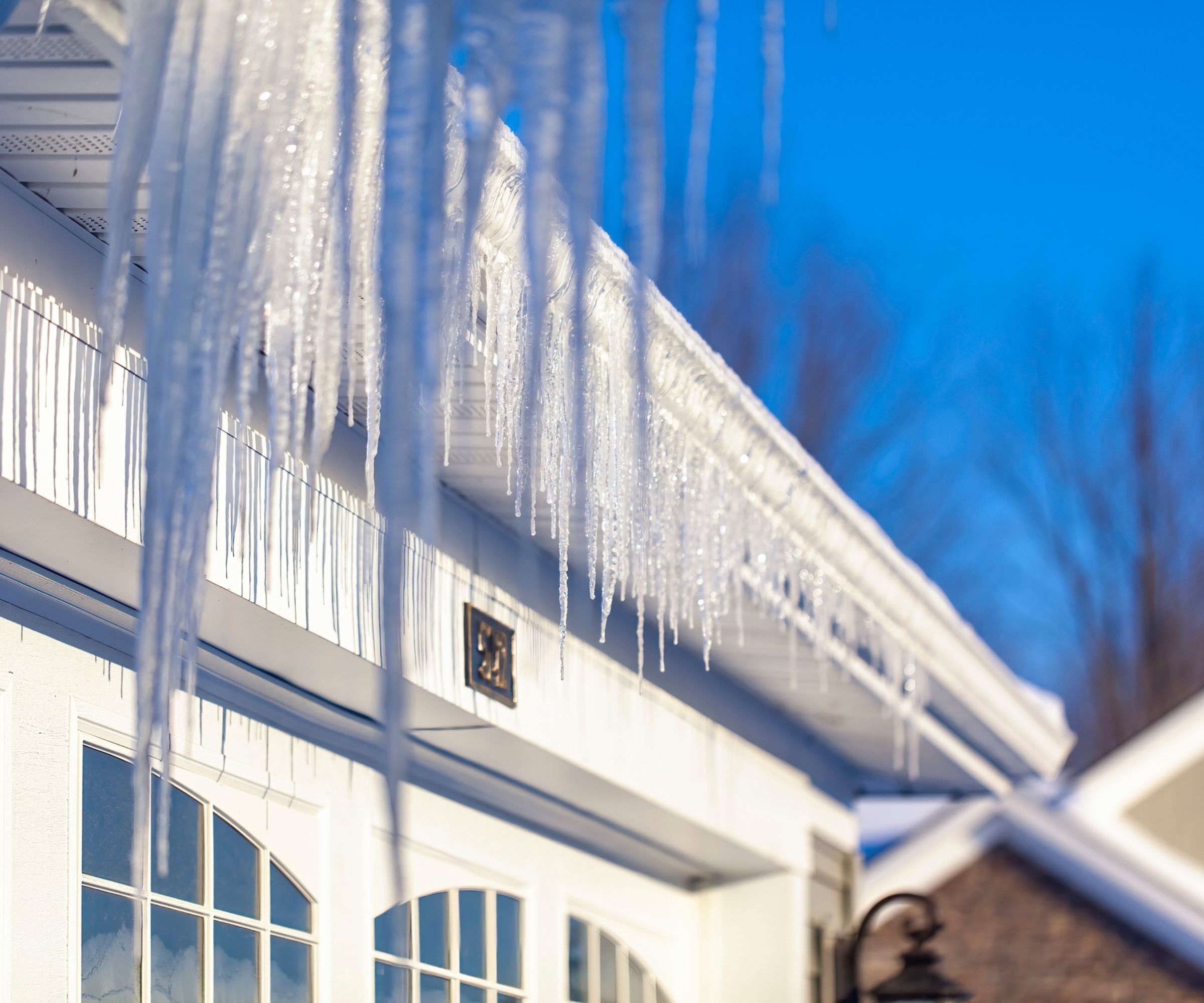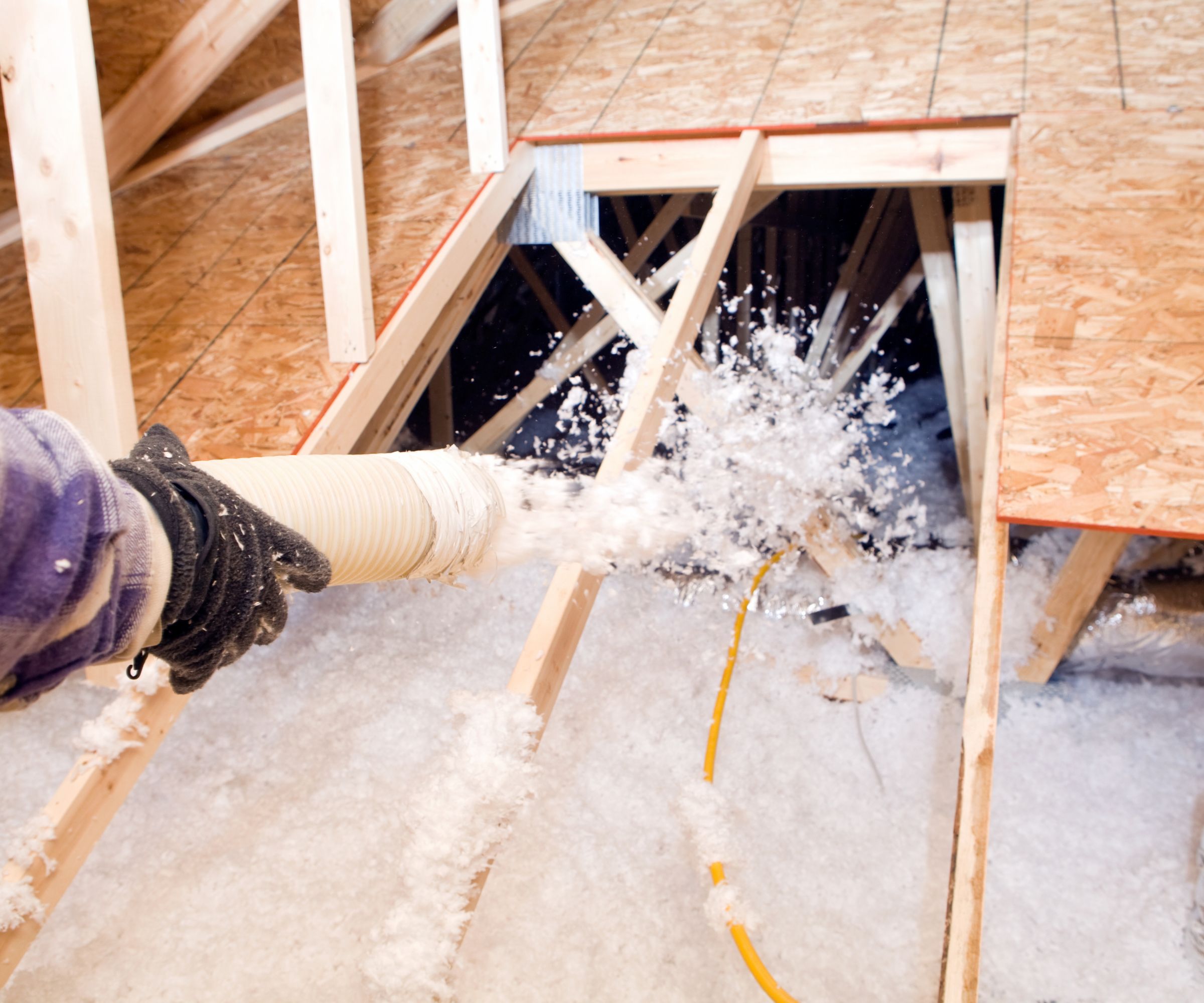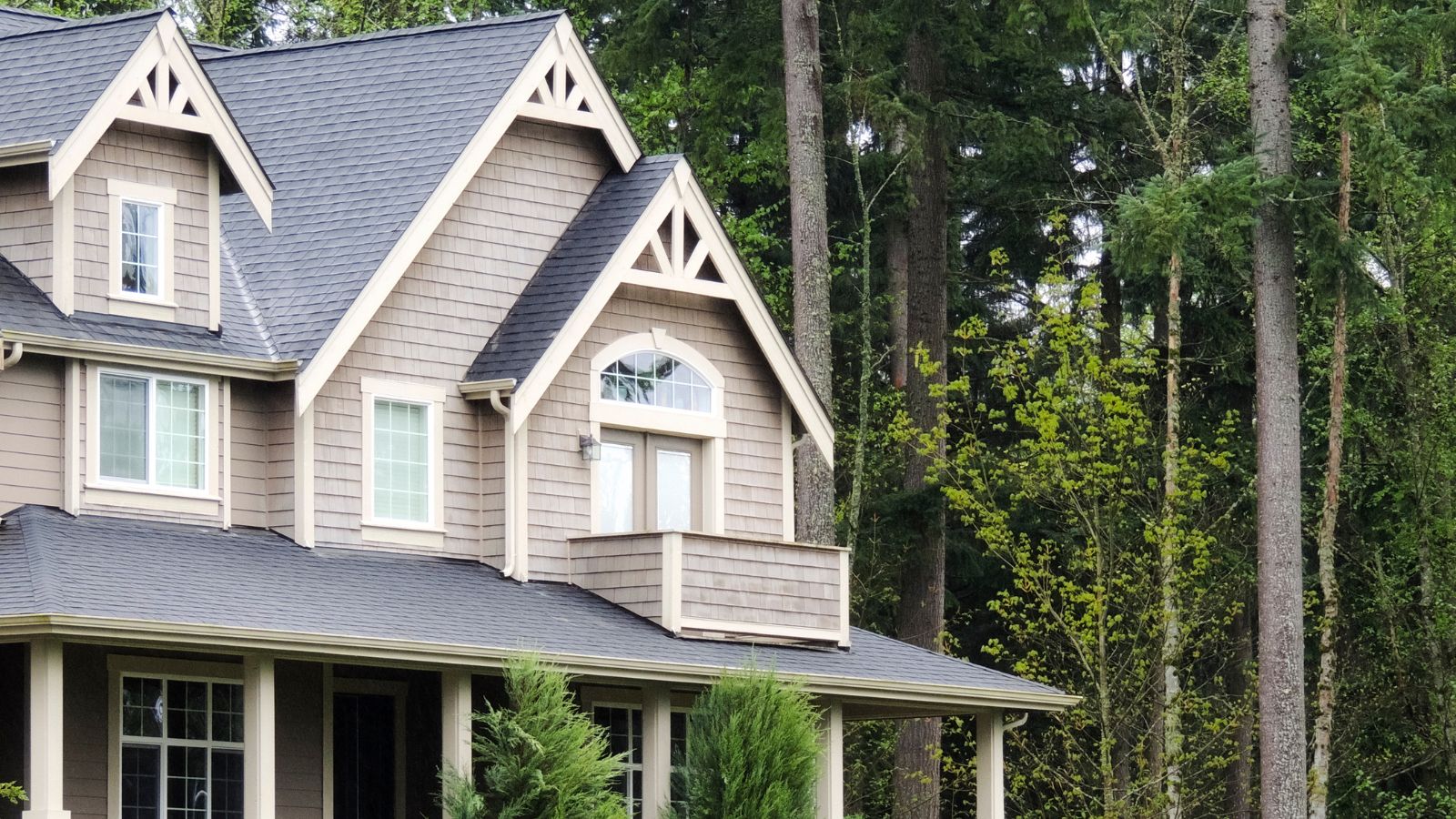How to remove icicles – expert steps for removing icicles from gutters, porches, and eaves
They look pretty, but icicles can pose a significant danger to your wallet, your property, and even your health


Harsh winter weather means lots of snow and ice, and this can lead to icicles forming along gutters, porches, and eaves.
But while these icicles can look pretty, they can be a real nuisance. Icicles can crack guttering, damage paving, and if you're really unlucky, icicles can even injure you.
I spoke to a guttering professional about the best way to remove ice from your gutters. His answer surprised me: you should be careful about knocking icicles with a pole.
1. Don't knock icicles off of eaves

The most common advice for dealing with icicles is usually to knock them off with a pole. However, the experts don't advise this for the biggest icicles. It can be very hazardous. If you knock an icicle off an eave it could fall and injure you, and it can also cause a lot of damage. Knocking an icicle off a plastic gutter, for instance, could crack the gutter, and particularly heavy icicles falling from roof gutters can damage paving.
Guttering expert David Wilk says 'Knocking icicles down with a pole can cause damage to your gutters or yourself, so you should generally avoid this. Instead, either use a ladder to carefully remove them, use a de-icing product to slowly melt them, or call a professional.'
David is Director of Operations at Gutter Pros, a gutter installation company.
2. Move icicles out of the way
If you knock the icicles off with a pole or snap them off by hand from a ladder, you need to move them away from your home. Throw the icicles onto your lawn or into a flowerbed. That way, they won't thaw and then refreeze into a patch of slippery ice.
3. Unfreeze your gutters

Icicles are symptomatic of frozen water in your gutters, and you need to fix this problem to prevent further issues. Frozen gutters are heavy, and this ice can crack open the gutters and even make them fall off the side of the house. It's not only an expensive problem to fix but a potential hazard.
There are two main ways of dealing with this ice: ice melt or warm water. With both methods, carefully get up on a ladder to take a closer look at your gutters. If you have some ice melt on hand, you can sprinkle it along the gutters to melt the ice back into water. You don't need any brand in particular. Calcium chloride like this at Home Depot is usually the best option because it works at -25°F, but magnesium chloride will also work.
Warm water is an even simpler and cheaper solution. David Wilk says 'Pour warm (not boiling) water directly into the gutter to gradually thaw the ice.'
4. Use a snow rake to prevent issues before they start

You can also prevent icicles from forming before they start by using a snow rake on your roof. It's another job to do, but clearing snow off your roof after a snowstorm is one of the best ways to prevent ice from forming in your gutters and creating icicles. If snowfall is uncommon in your area then it's especially important, because your roof may not be rated to handle the weight of the snow.
David Wilk explains that 'A snow rake can help prevent icicles by removing the snow before it melts and refreezes at the roofline. For best results, clear snow after each storm, focusing on the lower roof areas where icicles are likely to form.'
It's hard work but straightforward. All you need is a snow rake like this from Target. Stand on the ground and scoop all the snow off the roof onto the ground. If the snow falls onto a path or driveway, shovel it out of the way.
5. Insulate your attic

Icicles forming in your gutters or on other parts of your eaves indicate a larger problem. Frozen gutters happen because heat escapes from your roof. This heat causes snow to thaw into water, which then trickles down the roof into the gutter. Once in the gutter and away from the warm roof, this water then refreezes into ice. Overhanging icicles is often a sign that you need to improve your attic insulation.
David Wilk says 'Proper attic insulation and ventilation significantly reduce the chances of icicles forming. Insulation keeps heat inside your home and prevents snow from melting unevenly.' More importantly, proper insulation also helps to reduce your heating bills by making your home more efficient.
Ice isn't the only potential problem with gutters. Gutters can also clog with leaves and other debris so learning how to clean gutters – and how to prevent them from clogging in the first place – can save you a lot of time and effort.
Sign up to the Homes & Gardens newsletter
Design expertise in your inbox – from inspiring decorating ideas and beautiful celebrity homes to practical gardening advice and shopping round-ups.

As a gardens and lifestyle contributor, Alex makes sure readers find the right information to help them make the best purchase. Alex got his start in reviewing at the iconic Good Housekeeping Institute, testing a wide range of household products and appliances. He then moved to BBC Gardeners’ World Magazine, assessing gardening tools, machinery, and wildlife products.
You must confirm your public display name before commenting
Please logout and then login again, you will then be prompted to enter your display name.
-
 Interior designers on the best piece of decorating advice they inherited from their parents and grandparents
Interior designers on the best piece of decorating advice they inherited from their parents and grandparentsInterior designers share the decorating advice passed down to them from their family – these are the key tips they've been carrying for years
-
 Can you paint a metal roof? Experts warn this could make or break your ‘worthy’ DIY efforts
Can you paint a metal roof? Experts warn this could make or break your ‘worthy’ DIY effortsDone right, it'll improve energy efficiency and avoid corrosion